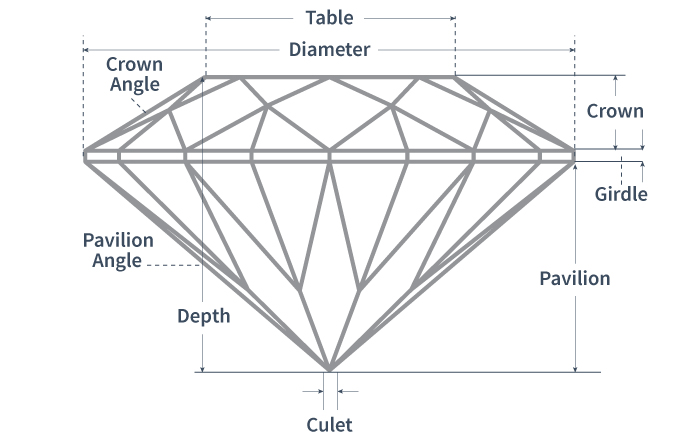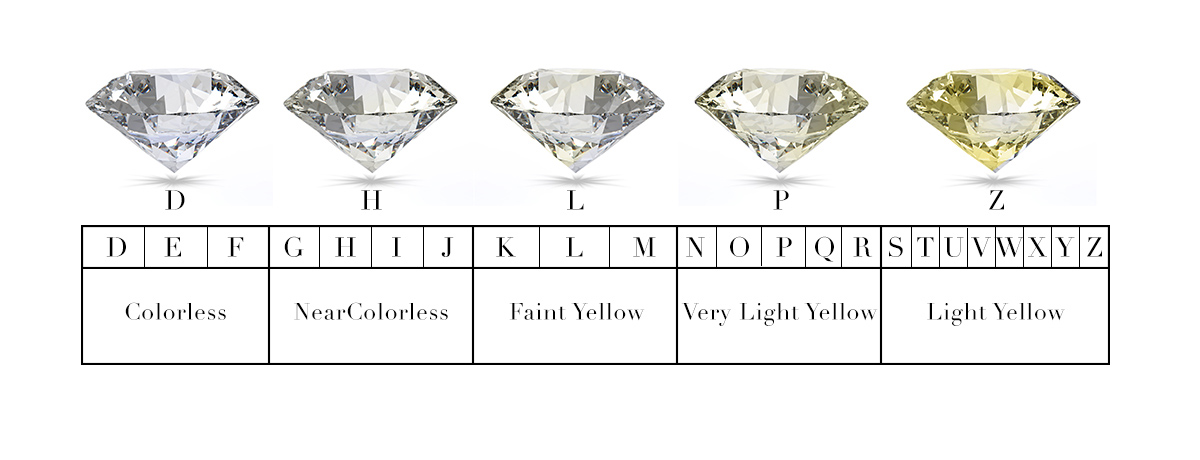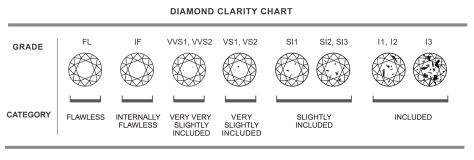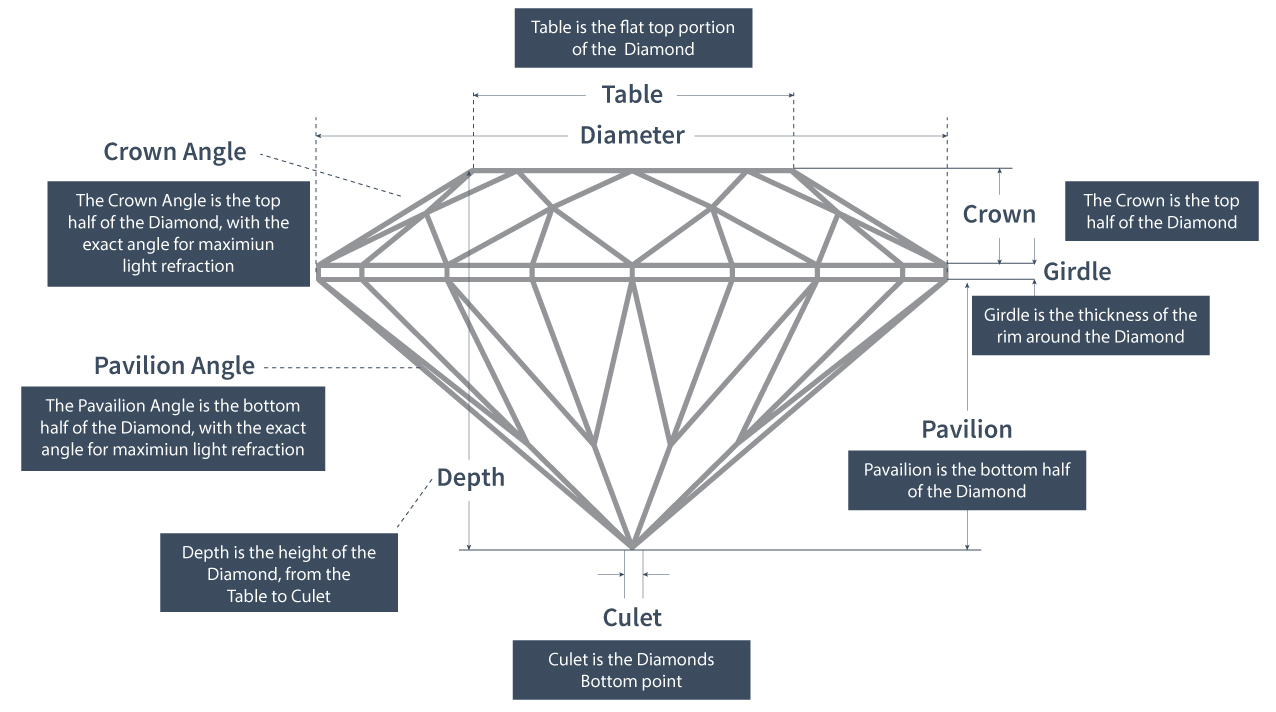Natural Diamonds
What are Natural [Earth-Mined] Diamonds?
According to the Gemological Institute of America (GIA) “Earth-Mined Diamonds are the only gem made of a single element. A Diamond is typically about 99.95 percent carbon. The other 0.05 percent can include one or more trace elements, which are atoms that aren’t part of the diamond’s essential chemistry.
Diamonds are formed under high temperature and pressure, which are conditions that exist about 100 miles beneath the earth’s surface. The Diamond’s crystal structure is isometric, which means that the carbon atoms are bonded in essentially the same way in all directions.
Without any one of these factors, Diamonds might be just another mineral. Fortunately, though, this special combination of chemical composition, crystal structure, and formation process gives diamonds the qualities that make them extraordinary.”
Diamonds are recognized today as the birthstone for April and is also the gem that marks the 60th and 75th wedding anniversaries.
The Four C’s
When selecting a diamond, we usually first choose a shape. Diamonds come in all shapes, such as round brilliant and fancy shaped diamonds such as princess, cushion, emerald, and oval cut.
CUT
The cut of a diamond not only refers to the diamond’s shape, it also refers to how effectively the diamond returns light back to the viewer’s eye. A well-cut diamond will appear very brilliant and fiery, while a poorly cut diamond can appear dark and lifeless, regardless of its color or clarity.
Not only do well-cut diamonds appear more brilliant, they also tend to appear larger than other diamonds of the same carat weight. An "ideal" diamond has both increased brilliance and diameter relative to more deeply-cut diamonds. An Ideal Cut Diamond is perfectly proportioned to refract light, producing that fire and brilliance up through to the table and crown. In addition to having ideal proportions and angles, an ideal diamond has excellent polish and symmetry ratings.
Well-cut diamonds exhibit three different properties: brilliance, dispersion and scintillation. As light strikes a diamond's surface, it will either reflect off the table of a polished stone or enter the diamond. The light that is reflected off the diamond is known as the diamond's brilliance.
As light travels through a stone, some of the light rays are separated into flashes of color. This is known as dispersion. The result of dispersion—the separation of white light into its spectral colors— is known as fire, while Scintillation are flashes of color that are viewable as an observer moves a diamond back and forth.

Cut (proportions, symmetry, and polish) is a measure of how a diamond’s facets interact with light.
COLOR
Color is the next most important aspect of a diamond. When we talk about color of a diamond, we generally refer to the presence or rather absence of color in it. Presence of color in a diamond is in the form of yellow or brownish tints. This diminishes its sparkle as it restricts maximum refraction of light. The value and shine of a diamond increases as it moves towards colorless. The bigger the stone, the more obvious is the presence of color in it. Fancy cuts such as pears, hearts and marquises tend to draw color which appears more pronounced at the points.

The less color, the higher the grade. Even the slightest hint can make a dramatic difference in value.
CLARITY
Clarity determines the purity of a diamond. Sometimes due to the retention of carbon, a diamond may appear impure. Such natural impurities found in diamonds are called Inclusions. The lesser the inclusions, the higher is the Clarity of the diamond which makes it appear eye-clean, pure and therefore more expensive.
Internally, inclusions may occur in the form of tiny spots, fractures, feathers etc., while externally they may appear as scratches and fissures. Sometimes an inclusion does not affect a diamond’s brilliance or gets easily hidden by its setting. Diamonds with the least amount [or no inclusions] are of the highest quality and therefore the most expensive.

Clarity grades assess the number, size, relief, and position of inclusions and blemishes.
CARAT WEIGHT
The Weight of a diamond determines its carat. An increase in its carat weight indicates increase in its price as well. Higher carat weight also increases price per carat in large diamonds, i.e. the total price of four quarter carat diamonds would be considerably less than the price for a single 1 carat diamond of comparable quality, and total price of hundred point carat diamonds would be yet lesser than the total price of four quarter carat diamonds.
Rarity means larger diamonds of the same quality are worth more per carat.
We never compromise on quality. We believe in giving the best value to our customers. From our pool of wholesale resources, we sell straight to you, so that you get maximum savings and value of every dollar spent. The Diamonds bought from our site give you significant savings with prices up to 35% less than full retail.
If you would like to customize any of our models, we can help you change the Stone Color, as well as choose either Lab Grown Diamonds or Natural Diamonds. With over 60 years of experience, our Master Jewelers can bring your dreams to reality.
Please Call us at
or
Email us at



